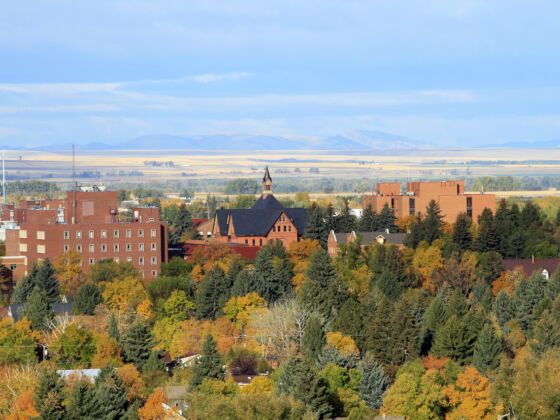It’s no secret that many people in the US have pulled up their urban stakes and struck out for greener pastures over the past eighteen months. The pandemic has precipitated the rise of the “Zoom Town” — small towns that appeal to remote workers — and few places have felt the impact like Bozeman and Billings in Montana.
Billings, Montana, a city constructed in the 19th century as a railroad stop in the Northern Plains, is now the hottest emerging real estate market in the US, according to The Wall Street Journal. Two hours west of Billings, Bozeman — a picturesque, mountain-rimmed city — has also grown in popularity since the onset of the pandemic. Even before COVID-19, Bozeman and Billings were growing as destinations for retirees and those seeking vacation homes in the Mountain West. However, the rise of remote work opened the floodgates. The COVID-19-fueled attraction has affected these two Montana towns very differently: While it has been a boon for Billings, it has been a disaster for Bozeman.


